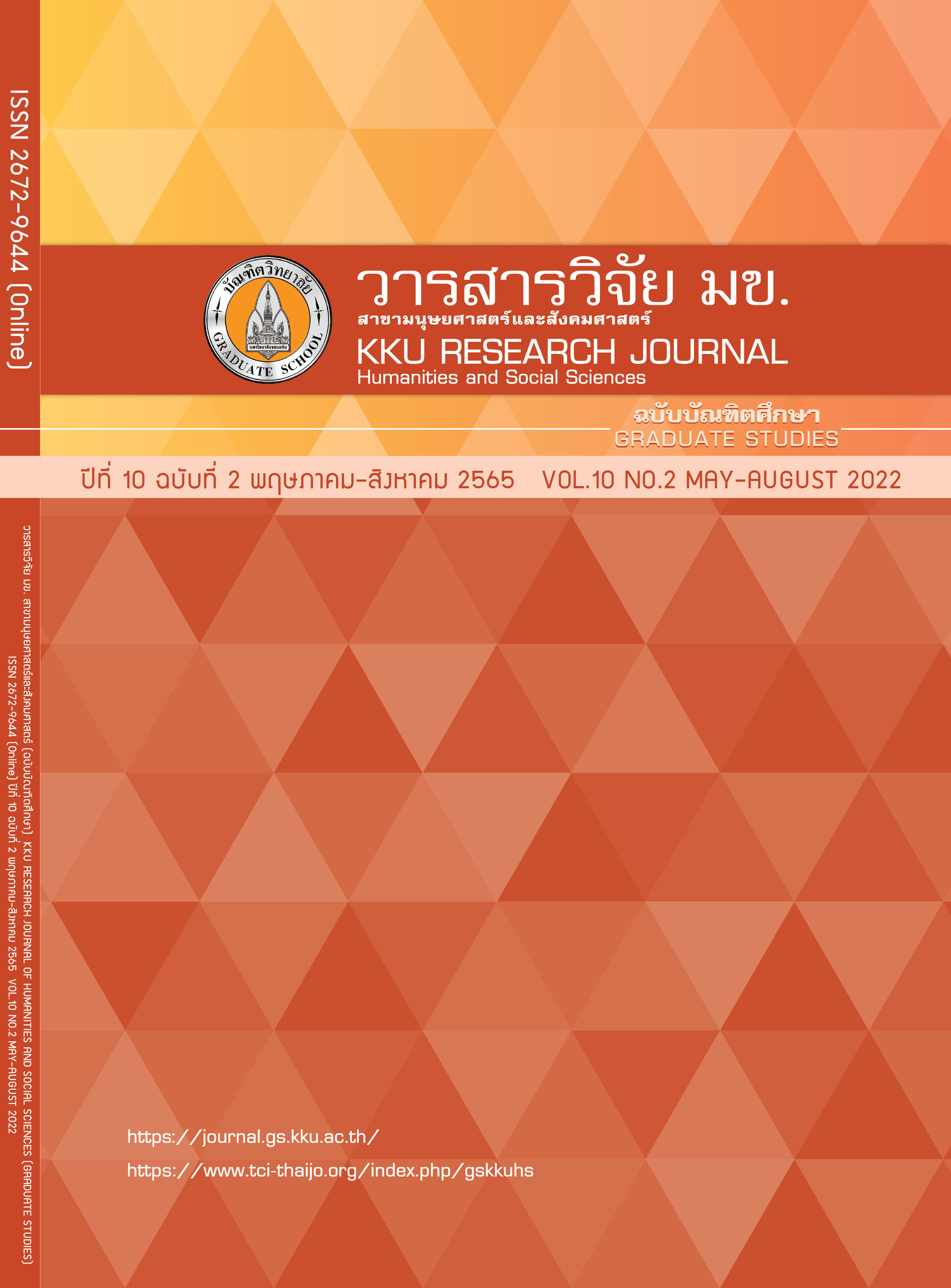First Grade Student’s Mathematical Representation in the Classroom Using Lesson Study and Open Approach
Keywords:
Mathematical Representation, Lesson Study, Open ApproachAbstract
This study aims to analyze mathematical representation of first grade student in the classroom using Lesson Study and Open Approach. The collected data was analyzed through the framework Flow of Lesson [6] to investigate the first grade students’ mathematical representation. Flow of Lesson [6] is a step of mathematics lesson in which begins with the students’ real world and connected to the students’ mathematical world. It consists of three elements which are: 1) Representation of real world, 2) Semi-concrete aids and 3) Representation of mathematical world. The results showed that students used the representation of real world: students used the problem situation with the picture given to realize and explain what happened through the problem situation then describe it through words that related to their real world in daily life in order to show that they can go deeply into the open-ended problem then tried to find the solution to solve it. In addition, students also used the semi-concrete aid in the form of pictures (material preparing by Lesson Study team) and diagram to be the tools for solving the problem and for explaining to everyone in the class how they get the answer and how they discompose number and do the operation. Through the materials and diagram, students can show their abilities of thinking alternatively and effectively in order to reach the answers. Moreover, student used the representation of mathematical world throughout mathematics sentence and other mathematics symbols to represent the problem situation that helped from representation of real world and semi-concrete aids.
References
Abrahamson D. Mathematical representations as conceptual composites: Implications for design. In Proceedings of the Twenty Eighth Annual Meeting of the North American Chapter of the International Group for the Psychology of Mathematics Education. (Vol. 2, pp. 464-466). [n.p.]; 2006.
Becker JP, Shimada S. The Open-Ended Approach: A New Proposal for Teaching Mathematics. Reston, VA: National Council of Teachers of Mathematics; 1997.
Flevares LM, Perry M. How many do you see? The use of nonspoken representations in first-grade mathematics lessons. Journal of educational psychology. 2001 Jun; 93(2): 330.
Inprasitha M. One Feature of Adaptive Lesson Study in Thailand: Designing a Learning Unit. Journal of Science and Mathematics Education in Southeast Asia. 2011; 34(1): 47-66.
Inprasitha M, Isoda M, Yeap BH, Wang-iverson P, editors. Lesson study: Challenges in mathematics education. [n.p.]: World Scientific; 2015.
Inprasitha M. Lesson Study and Open Approach Innovations for Enhancing Classroom Quality and Kyozaikenkyu in Lesson Study and Open Approach. In Workshop for School Teachers in the Project of Students’ Mathematical Higher Thinking Development in Northeastern of Thailand. Khon Kaen: Khon Kaen University; 2017. Thai.
Intaros P, Inprasitha M. How Students’ Mathematical Ideas Emerged through Flow of Lesson in Classroom Using Lesson Study and Open Approach. Psychology. 2019 May 5; 10(6): 864-76.
Moonpo P, Inprasitha M, Changsri N. Algebraic Reasoning in Early Grade: Promoting through Lesson Study and Open Approach. Psychology. 2018 Jun 29; 9(06): 1558.
Nakamura T, Hashimoto I, Sawada Y, Mikami J, Yoshimoto M, Nishidai H, et al. 5-Fluorouracil concentration in various tissues from cancer patients after oral administration of 5-fluorouracil. Gan to kagaku ryoho. Cancer & chemotherapy. 1984 May 1; 11(5): 1037-48.
Nohda N. Teaching by Open-Approach Method in Japanese Mathematics Classroom. [n.p.].
Principles N. Standards for school mathematics. Natl. Counc. Teach. Math. 2000.
Panbanlame K, Sangaroon K, Inprasitha M. Students’ intuition in mathematics class using lesson study and open approach. Psychology. 2014 Sep 10; 5(13): 1503.
Yoshida M. Exploring ideas for a mathematics teacher educator’s contribution to lesson study: Towards improving teachers’ mathematical content and pedagogical knowledge. In International Handbook of Mathematics Teacher Education: Volume 2. (pp. 85-106). [n.p.]: Brill Sense; 2008.
Downloads
Published
How to Cite
Issue
Section
License

This work is licensed under a Creative Commons Attribution-NonCommercial-NoDerivatives 4.0 International License.




